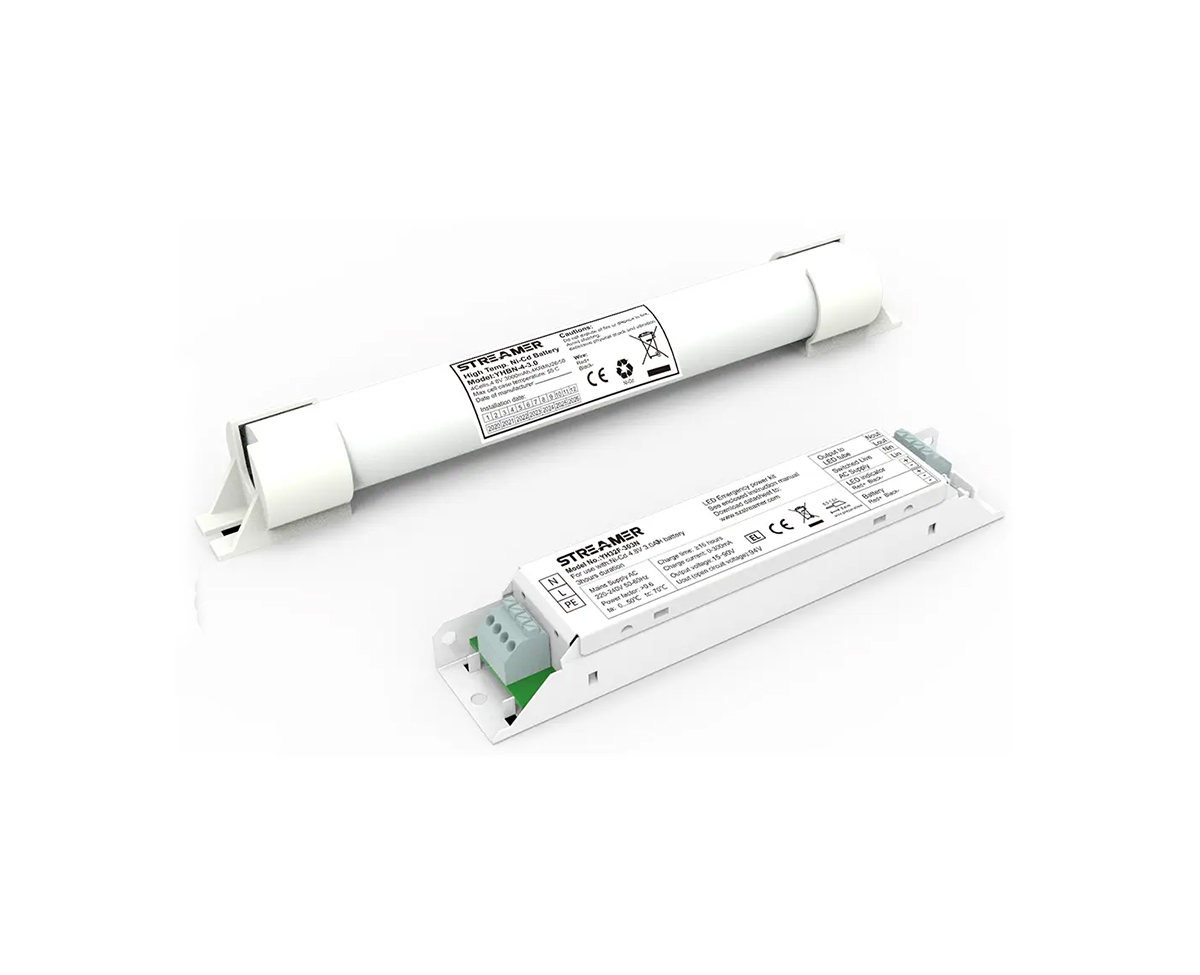 1
1
 Mar 03, 2025
Mar 03, 2025

LED emergency drivers play a crucial role in providing backup power for LED lighting systems during power outages. Power tolerance is a key aspect of their performance.
LED emergency drivers are designed to handle a specific range of power loads. The power rating of an LED emergency driver indicates the maximum power it can safely supply to the connected LED lights. For example, a common LED emergency driver might be rated for 10W to 30W. When the power consumption of the LED lights within this range, the driver can function properly, ensuring stable illumination.
However, if the power demand from the LEDs exceeds the driver's rated capacity, several issues can occur. The driver may overheat as it struggles to supply the excessive power. Prolonged overheating can lead to component degradation, reducing the lifespan of the driver. In severe cases, the driver may even fail completely, leaving the LED lights without emergency power.
On the other hand, if the power load is significantly lower than the driver's rated power, it may not operate at its optimal efficiency. Although it can still power the LEDs, the energy conversion process may become less efficient, resulting in wasted power.
To ensure the long - term reliability and proper functioning of LED emergency drivers, it is essential to match the power requirements of the LED lights accurately. This can be achieved by carefully calculating the power consumption of all the LEDs in the system and selecting a driver with an appropriate power rating. Additionally, regular monitoring of the driver's temperature and power output can help detect any potential issues related to power tolerance.